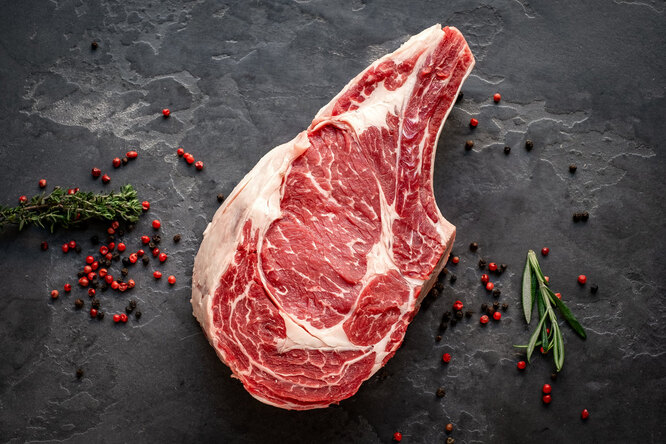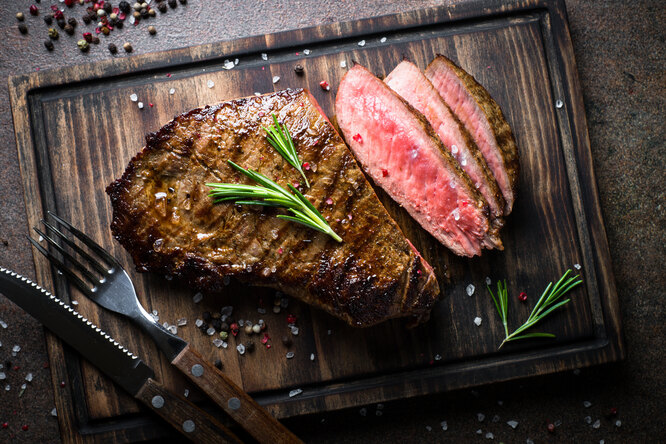A well-cooked steak is the food of the gods, and you don’t have to go to a fancy steakhouse to put it on your table.
What the pandemic has taught us is that experimenting with recipes is fun and that you can cook at home just as well as you can in a restaurant. Therefore, today we will talk about how to fry a steak correctly – here are the tips given by the chefs.
Which piece is best?
Choosing fresh meat is where it all begins. Ribeye, filet mignon, strip loin, flat iron, prime rib… We can easily get confused with all these names. Are you New? In this case, listen to the opinion of most chefs and try the rib-eye, considered the most famous steak in the world.









